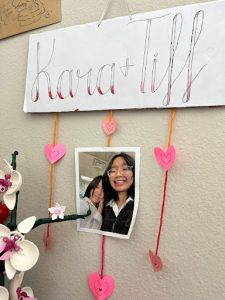
In the margins of notebooks, junior Tiffany Nguyen decorates her pages with cursive letters and creative doodles using just a ballpoint pen. Since discovering the art of calligraphy, Nguyen has applied it in various areas of her life as a form of artistic self-expression.
“I was at summer camp, and some girl was doing it, and she was like ‘do you want to learn,’ and I was like ‘yeah, sure.’ So she wrote the entire calligraphy alphabet for me to copy,” Nguyen said. “So I learned the alphabet, and since then I’ve been doing it in doodles and in my notes. It’s something fun to add to my school notes.”
For the past four years, Nguyen has practiced calligraphy through copying letters and numbers with pens, highlighters and any other materials she could find. While fountain pens are typical when writing calligraphy, there are no limitations to what can be used, ranging from brush pens to dip pens to quills, each with different levels of difficulty.
“For beginners, I would recommend trying the ballpoint pen first, [since] you don’t have to worry about overfilling the ink or making your lines too thick. You can choose whether you want thick lines or thin lines, so it’s more customizable,” Nguyen said.
While Nguyen mostly sticks to ballpoint pens, she has also experimented with more complicated writing materials. By transitioning to a brush pen, Nguyen has expanded her calligraphy practice, learning how to control the ink and customize her unique font.
“I bought a brush pen recently from a Japanese store over in California that had gray and black on it, so I used gray for my practicing, and I use black for actual writing. It’s different, because you can control how big you want the bigger sections of your letters to be with a ball pen, but for a brush, you just have to make those bigger sections with the right amount of pressure.”
When practicing calligraphy, each writer adopts their own unique style and technique. While there are many common fonts such as Heleny, Pacifico or Vanilove, the creativity is left to the writer, a fact which inspired Nguyen to begin practicing.
“There’s a lot of different styles. Like you see with online artists, everyone has their own style of how they write and what letters they emphasize. Obviously cursive letters can be different and handwriting varies, so it is unique to each person. You have creative freedom [because] while it’s typically cursive and exaggerated, you don’t have to follow any guidelines,” Nguyen said.
A large part of what makes calligraphy distinctive are flourishes, which are embellishments added to letters to enhance the visual aspect. These can include curves, loops, or crosses, and can be either separated from or connected to the text. In her calligraphy journey, Nguyen hopes to one day adopt her own flourishes, and further her creativeness in her writing.
“I don’t really know a lot about [flourishes], but I want to learn about them. You have the word, and the flourishes are the fancy little swoops, but it takes skill to be able to do them.” Nguyen said. “They’re not random, so I want to be able to add my own unique touch whenever I write.”
As Nguyen continues in her calligraphy, she has slowly incorporated the hobby into different areas of her daily life, by writing cards as presents, or adding a special touch to her school notes. Nguyen hopes to continue to elevate her style by experimenting with different writing materials, becoming confident in her lettering as well as adopting her own creative flourishes.
“Just yesterday, I used calligraphy to write a graduation card, and I also do it for gifts too, like writing the names on a gift,” Nguyen said. “It’s one of those skills that you have that’s like, ‘Oh my gosh I forgot someone’s birthday,’ you can use it last minute,” Nguyen said. “I really want to have a signature look one day, but I’m okay just being able to doodle where I want and knowing it makes it look pretty.”

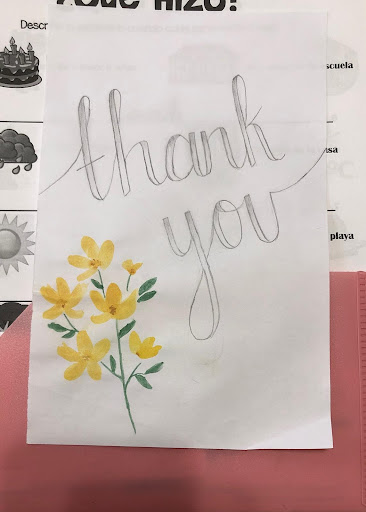
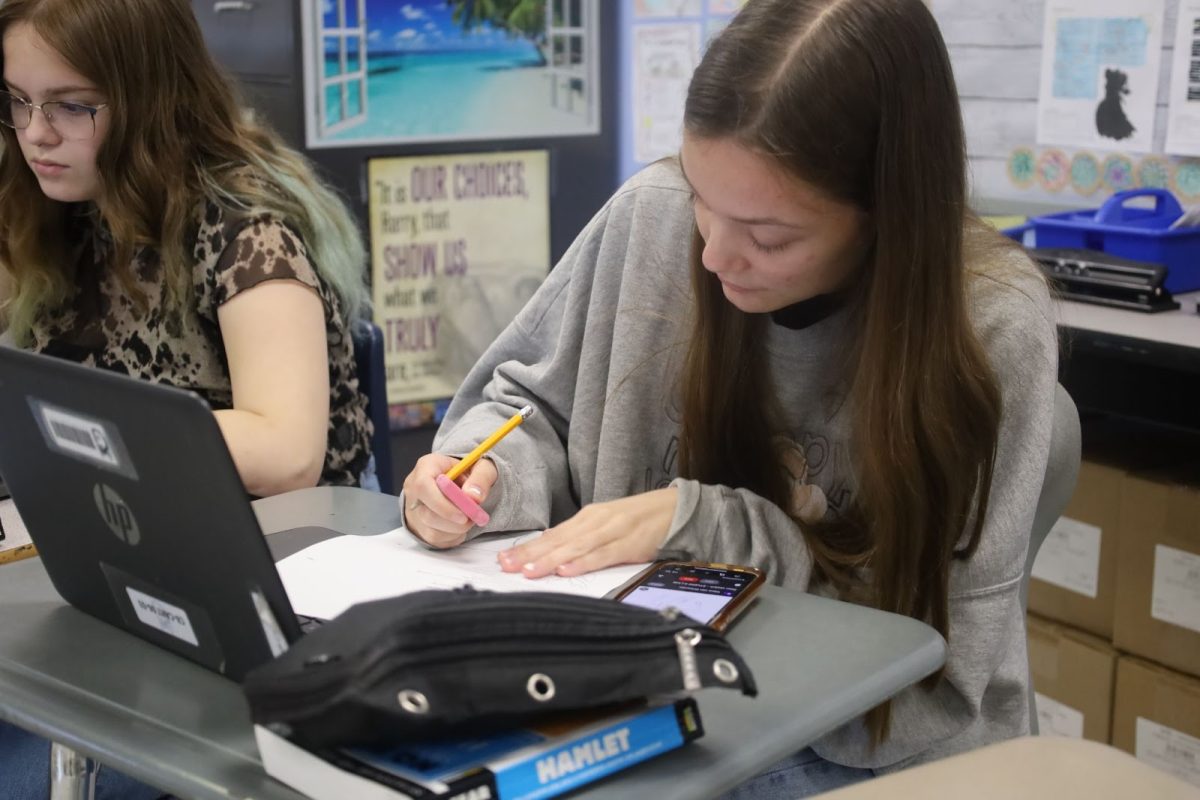


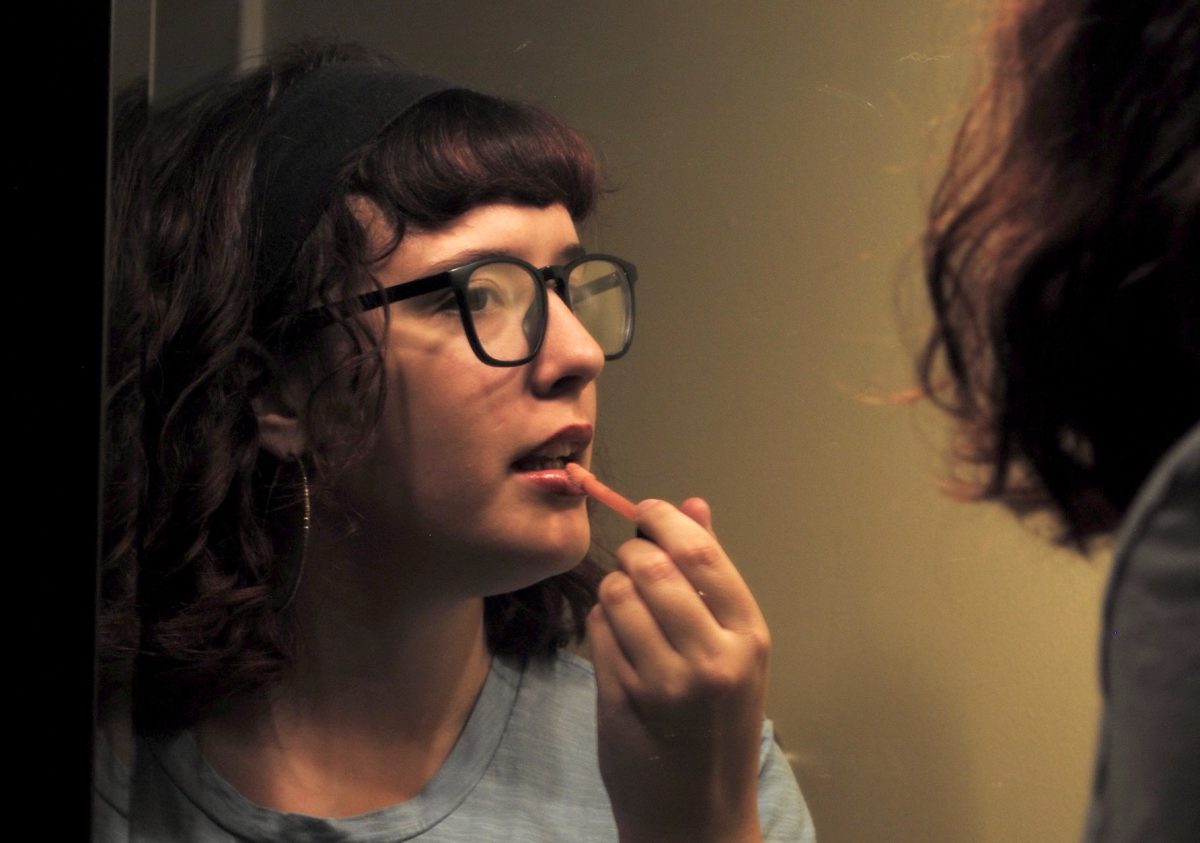

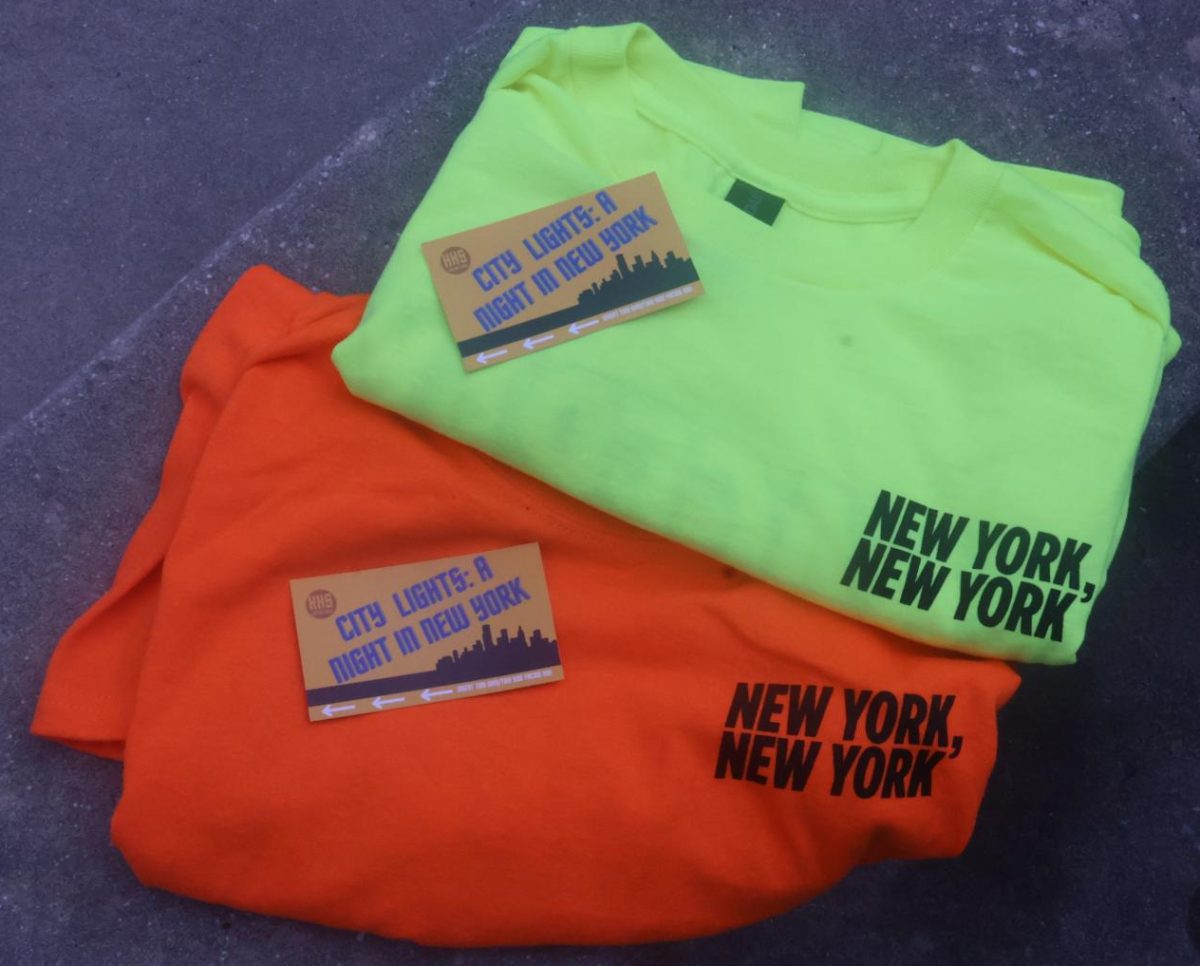

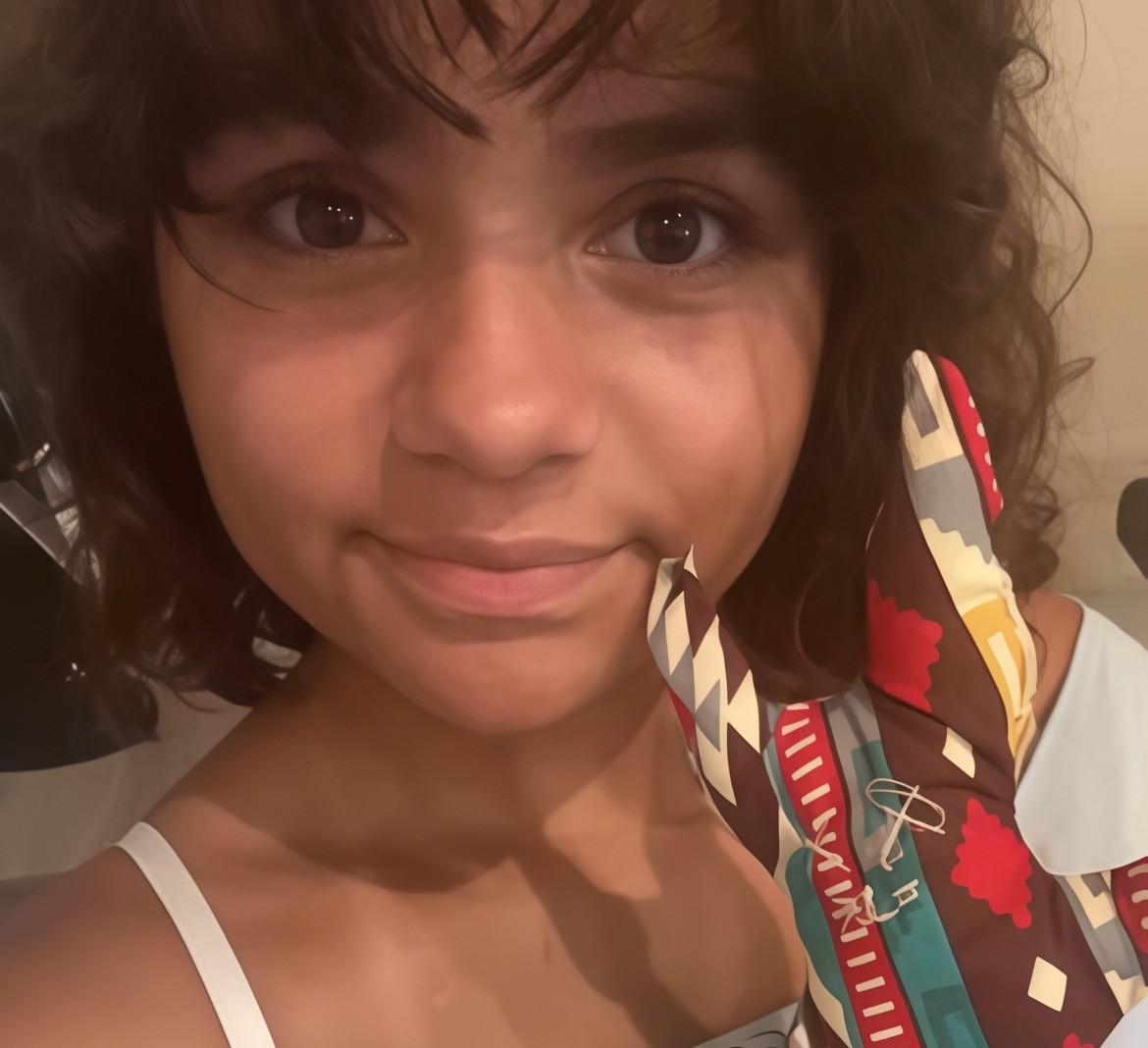

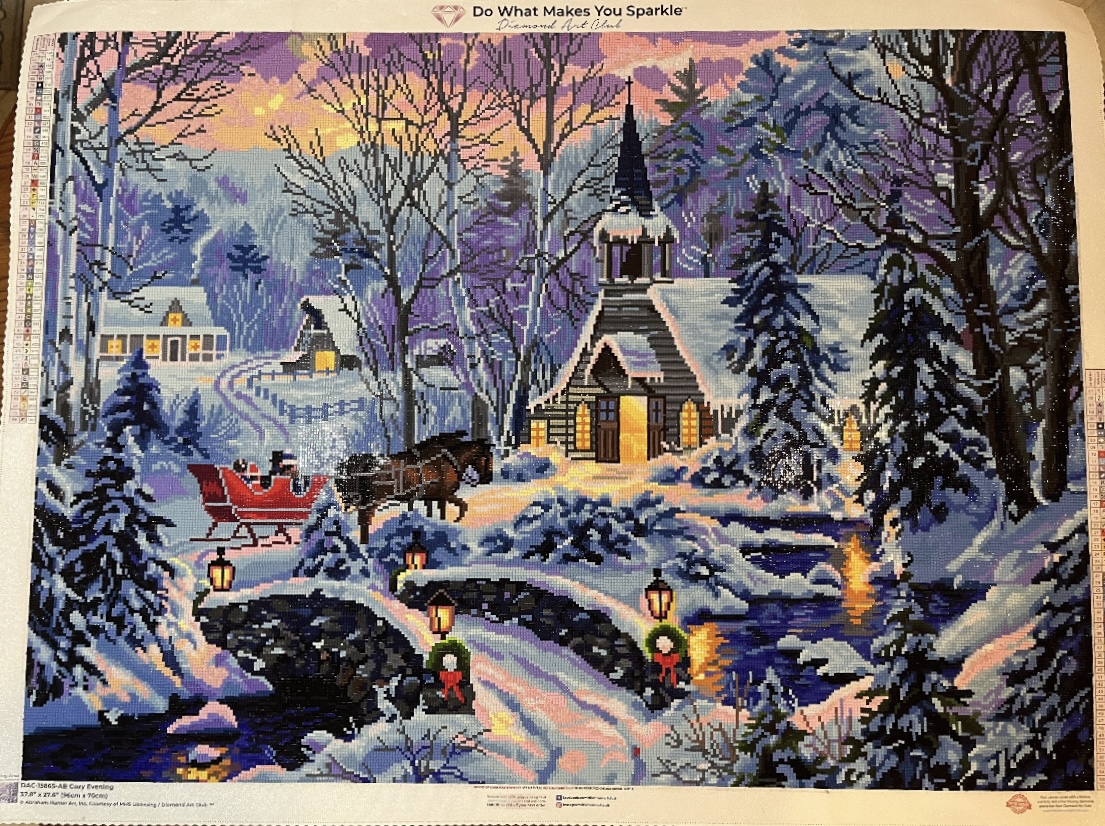
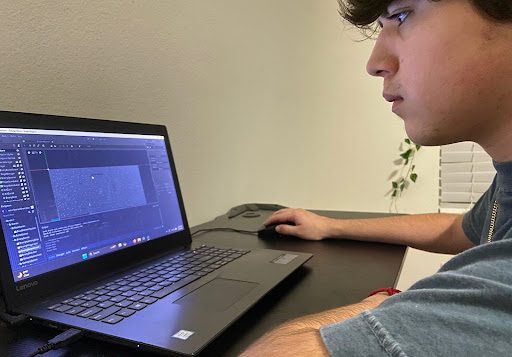


Kitty Alexander | Aug 26, 2025 at 8:59 am
Wow!! Not only is this a super interesting article, the calligraphy is super good! That “yes” blew me away.